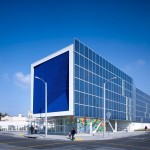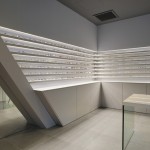Project: d'Leedon Singapore
Designed by Zaha Hadid Architects
Design: Zaha Hadid, with Peter Schumacher
Client: CapitaLand – led Consortium, Singapore
Tower GFA: 220 000 m2
Basement GF: 70 000 m2
Height: 150m
Location: Singapore
Website: www.zaha-hadid.com
Zaha Hadid's Architects shaped a mini urban design for d'Leedon in Singapore. This urban space will accommodate seven 36-stories towers of residential development with stellar views, 12 villas and 8 retail spaces. Discover more of the design after the jump:
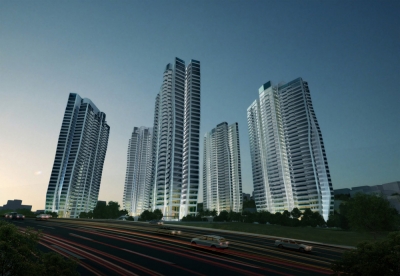
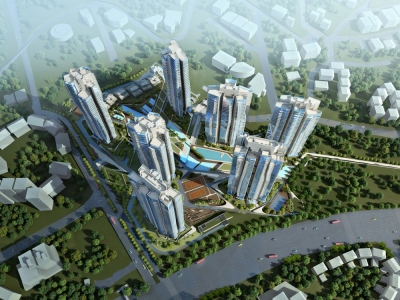
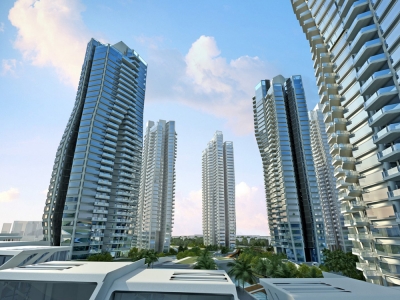
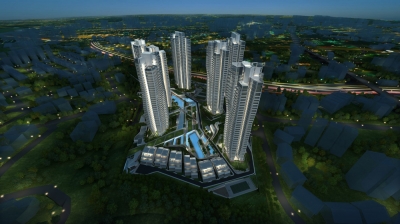
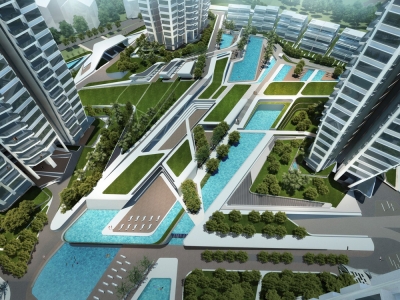
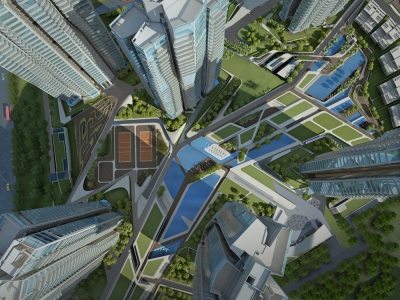
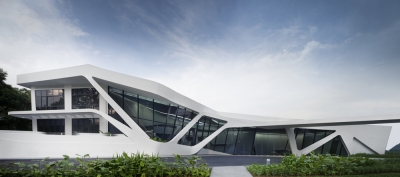
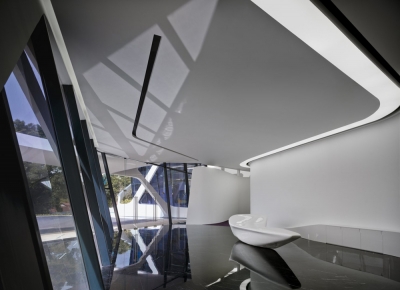
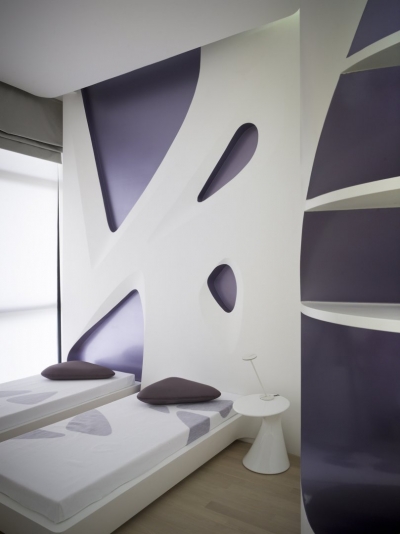
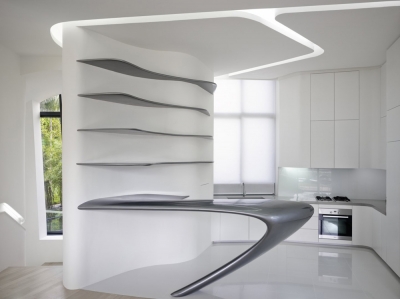
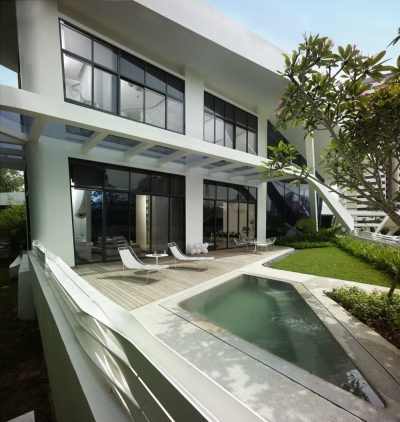
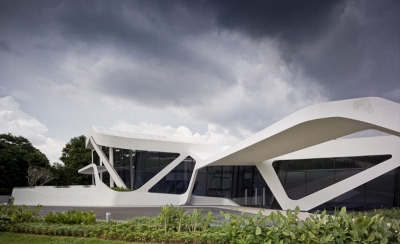
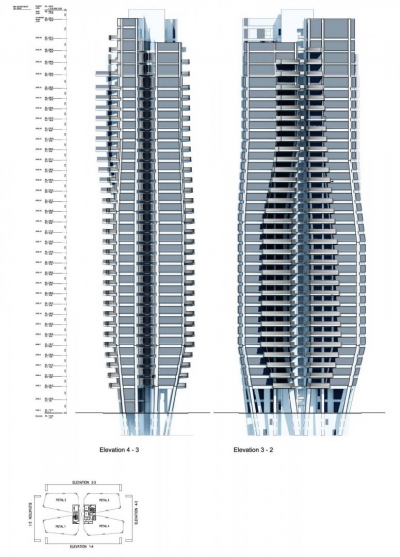
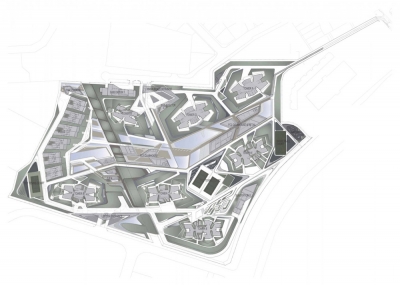
From the Architects:
d’Leedon occupies a strategic position within the residential zone of Singapore, close to the amenities of Holland Road and the Farrer Court MRT Station, dominating a prestigious area, devoid of other highrise buildings.
Seven residential towers occupy a site generated by the confluence of existing roads, buildings and natural landscape features, giving the development inherent ‘connectivity’ with its surroundings. Groundscape is visualized as a green layer, emphasizing the presence of florid vegetation, with terracing employed to maximize communal amenities. All seven buildings are orientated to optimize both sunlight and views across the surrounding city.
d’Leedon’s seven towers grow from sunken gardens, their lower floors tapering in where each meets the ground to enable greater access and the creation of private gardens, quite unique in a development of this density and scale. Each tower is divided into ‘petal’ sequences – defined by residential units and emphasized by vertical cuts within building facades – generating considerable diversity in each structure.
Each tower culminates at its pinnacle in a series of stepped fingers, blending the transition between architectural fabric and skyline.


